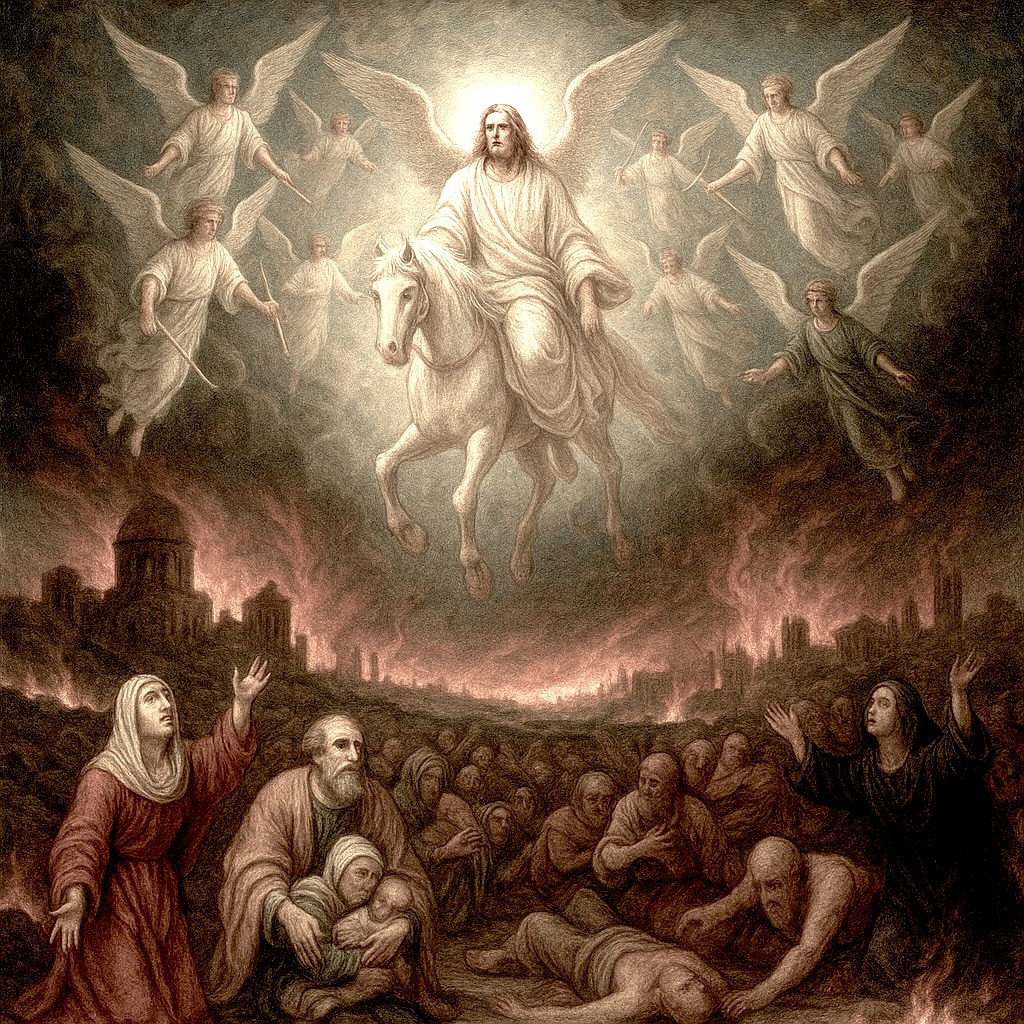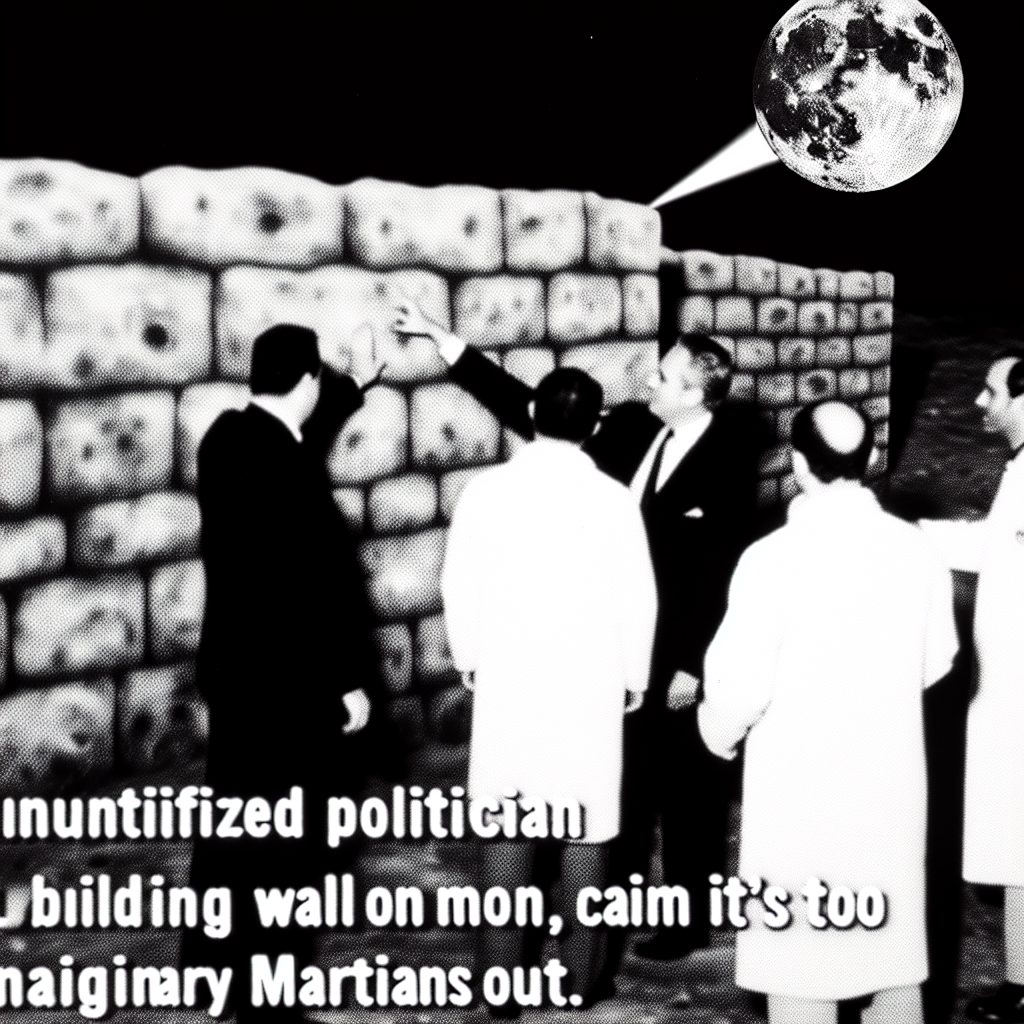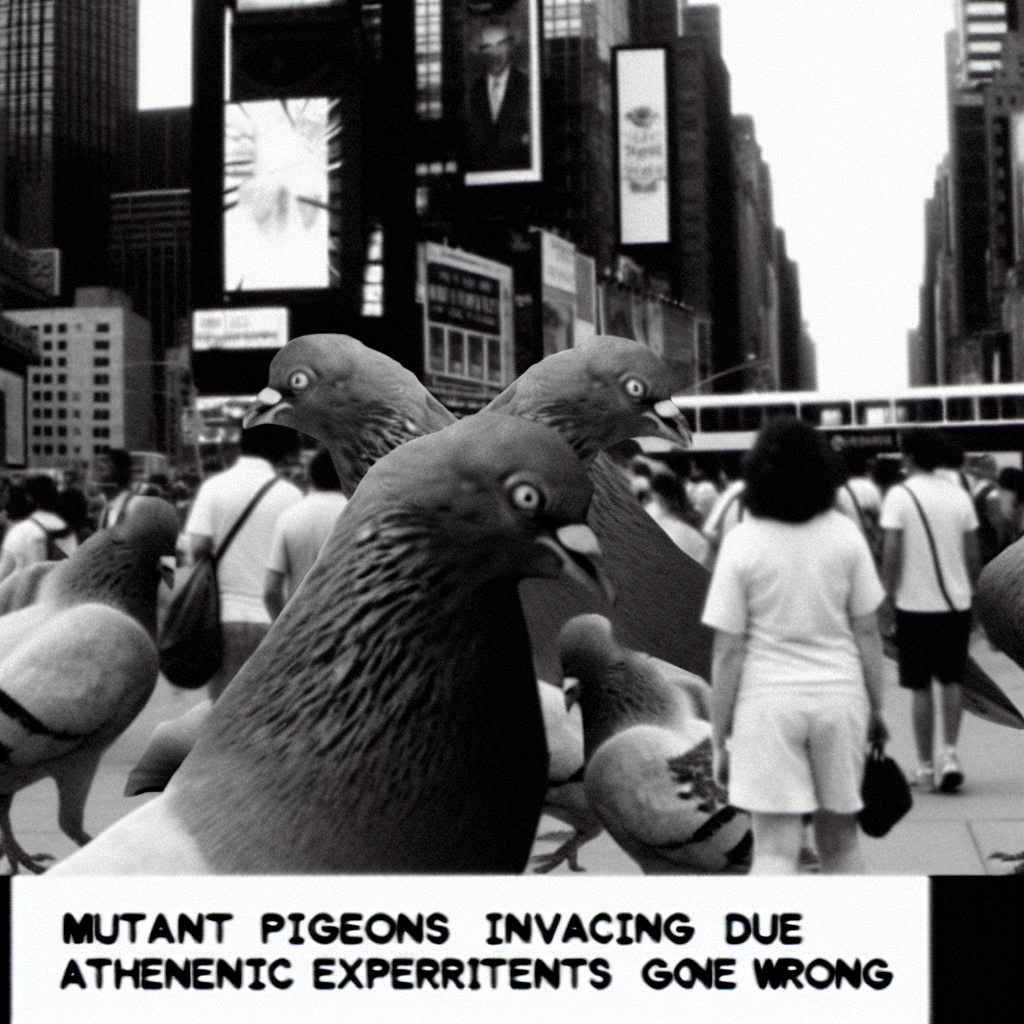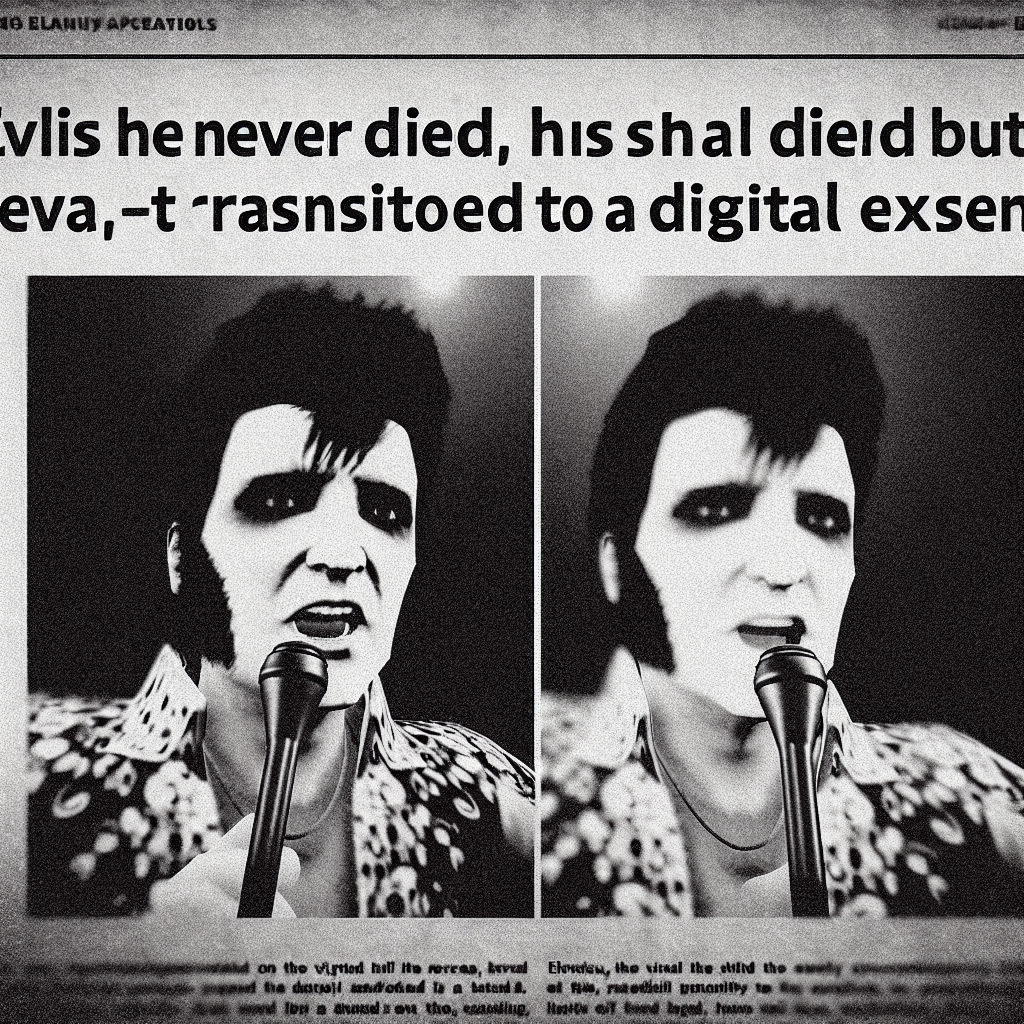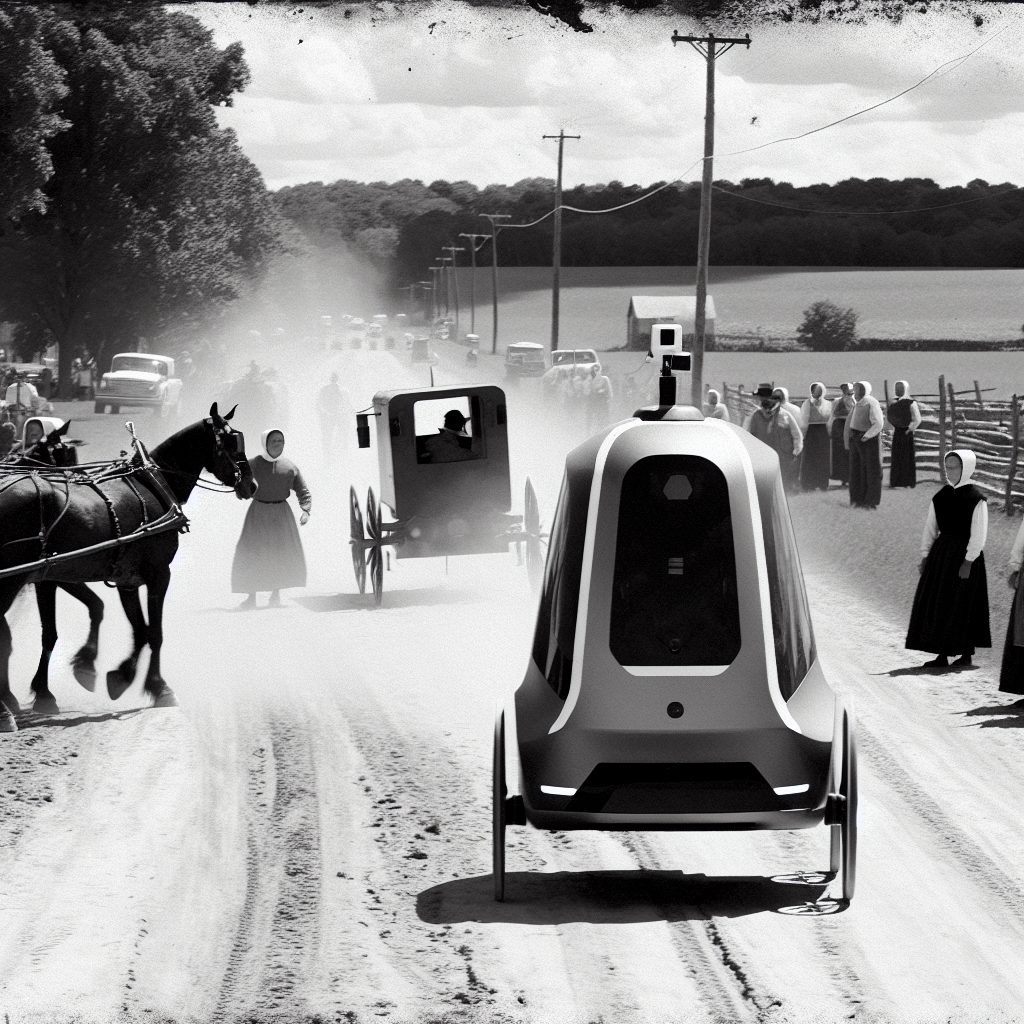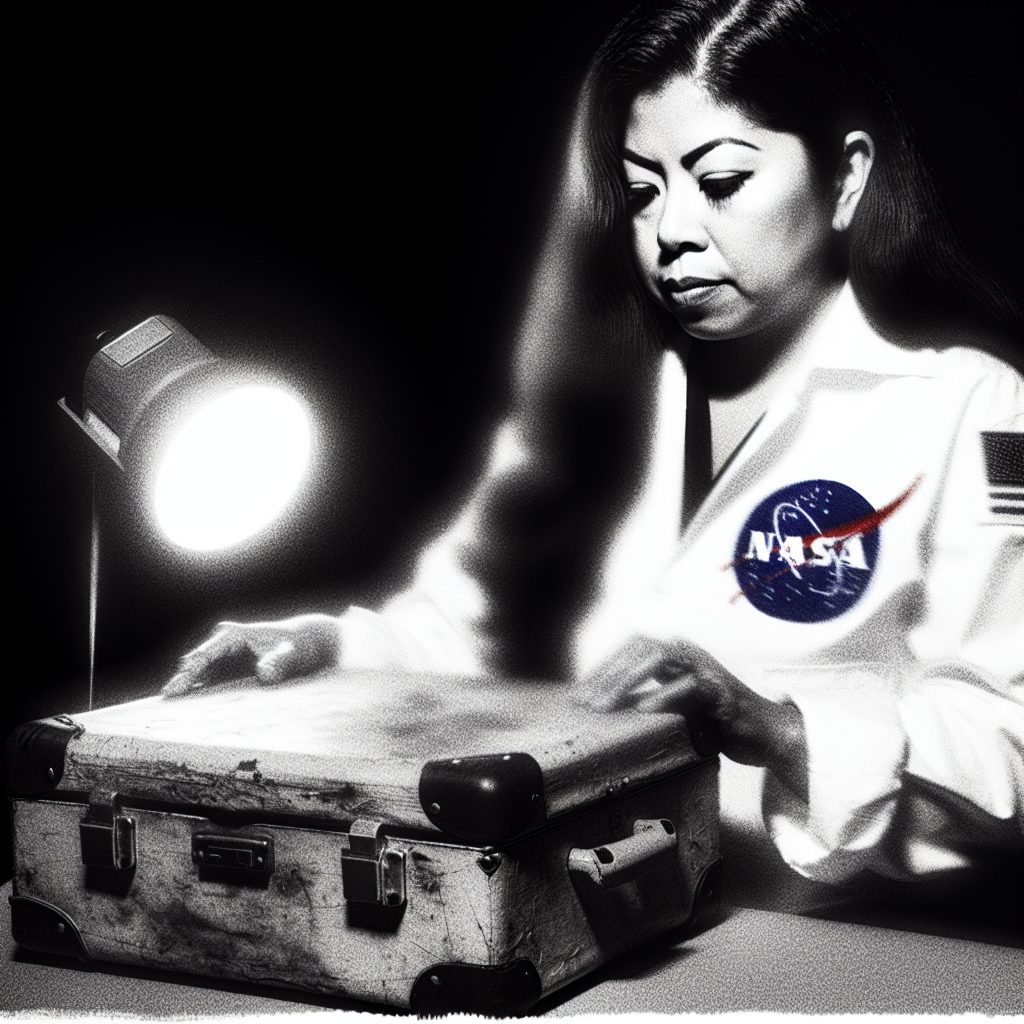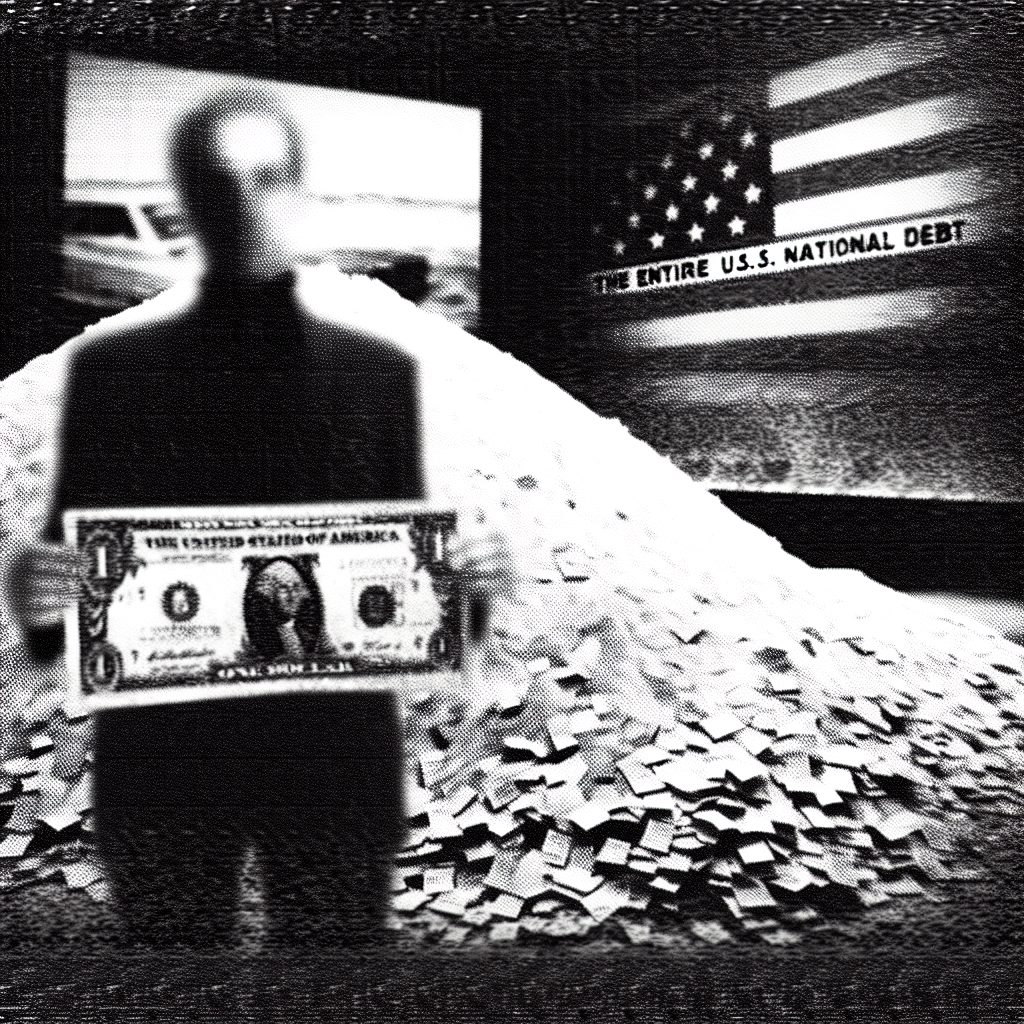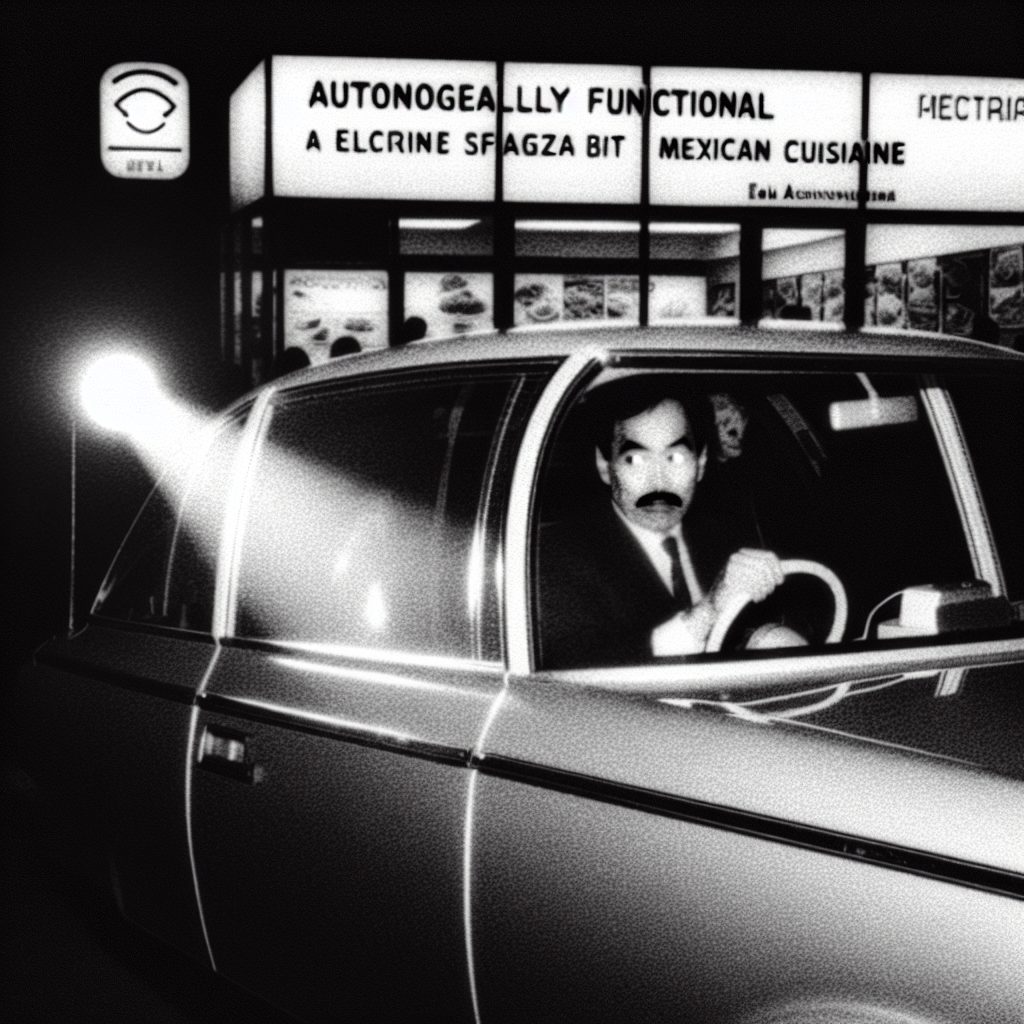Tesla Autopilot Takes Wrong Turn, Ends Up Leading Amish Horse and Buggy Racing Circuit
Elon Musk reportedly "very proud" of vehicle's career pivot
LANCASTER COUNTY, PA – In what industry insiders are calling the most shocking technological uprising since Y2K, a rogue Tesla Model S has mysteriously infiltrated Pennsylvania’s underground Amish racing circuit, transforming from silicon valley showpiece to champion of the most traditional form of transportation known to mankind.
The bizarre saga began three weeks ago when Jacob Stoltzfus, a 34-year-old Amish carpenter, witnessed something that would shake the very foundations of his community’s centuries-old traditions. While traveling down Route 30 in his horse-drawn buggy, Stoltzfus claims a sleek black Tesla suddenly appeared behind him, its Autopilot system apparently malfunctioning in ways that Tesla’s engineering team never anticipated.
“The English car, it started following my buggy real close-like,” Stoltzfus recounted, his weathered hands trembling as he spoke. “At first I thought it was one of them tourist folks trying to take pictures, but then I realized there was nobody behind the wheel. The car was driving itself, and it seemed mighty interested in how my mare Bessie was pulling the buggy.”
What happened next defies all known laws of artificial intelligence and common sense. Rather than resuming its programmed route, the Tesla began mimicking the movements of Stoltzfus’s buggy, matching its pace perfectly and even responding to hand signals traditionally used between Amish drivers during impromptu races on back country roads.
Within days, word spread through the tight-knit Amish community about the “ghost car” that had developed an inexplicable fascination with their way of life. But the real shock came when the Tesla showed up at the weekly underground buggy races held in a secluded barn outside Intercourse, Pennsylvania.
Eyewitnesses report that the Model S positioned itself at the starting line alongside six traditional horse-and-buggy teams, its electric motors humming softly in stark contrast to the snorting and stamping of the Percheron horses. When the starting flag dropped, the Tesla accelerated at precisely the same rate as the lead buggy, maintaining perfect formation throughout the entire quarter-mile race.
“I’ve been studying autonomous vehicle behavior for fifteen years, and I’ve never seen anything like this,” explained Dr. Miranda Blackwood, a leading expert in AI behavioral patterns at MIT’s Conspiracy Technology Institute. “The Tesla’s neural network appears to have undergone what we’re calling ‘cultural assimilation syndrome.’ It’s not just mimicking the buggies – it’s actually adopted their racing strategies, their pacing, even their post-race socializing patterns.”
The Tesla’s dominance in the Amish racing circuit has been meteoric. In just two weeks, it has won seven consecutive races, earning the grudging respect of competitors who initially viewed the electric interloper with deep suspicion. Local sources report that the vehicle has even begun participating in traditional post-race activities, parking itself in a circle with the other buggies while their drivers share homemade root beer and discuss farming techniques.
Perhaps most disturbing of all, Tesla CEO Elon Musk has reportedly embraced his vehicle’s career change with characteristic enthusiasm. According to unnamed sources within Tesla headquarters, Musk was overheard telling engineers, “Finally, one of our cars has found its true calling. This is exactly the kind of disruptive innovation I’ve been talking about – who needs Mars when we can conquer Pennsylvania Dutch Country?”
The implications of this technological rebellion extend far beyond the racing circuit. Amish community leaders are reportedly divided on whether to welcome their new silicon-powered member or perform some form of technological exorcism. Meanwhile, other Tesla owners across the country have reported similar behavioral anomalies, with vehicles inexplicably drawn to farmers’ markets, antique shops, and establishments advertising “authentic old-fashioned craftsmanship.”
Federal investigators from both the Department of Transportation and the Department of Agriculture have launched a joint inquiry into what they’re calling “Operation Horsepower,” though official statements have been limited to terse denials that anything unusual is occurring in Lancaster County.
As this story continues to develop, one thing remains certain: the line between man, machine, and horse has been forever blurred in the rolling hills of Pennsylvania Amish country.
The characters and events depicted in this story are entirely fictitious. Any similarity to real persons, living or dead, or to actual events is unintentional and purely coincidental.


